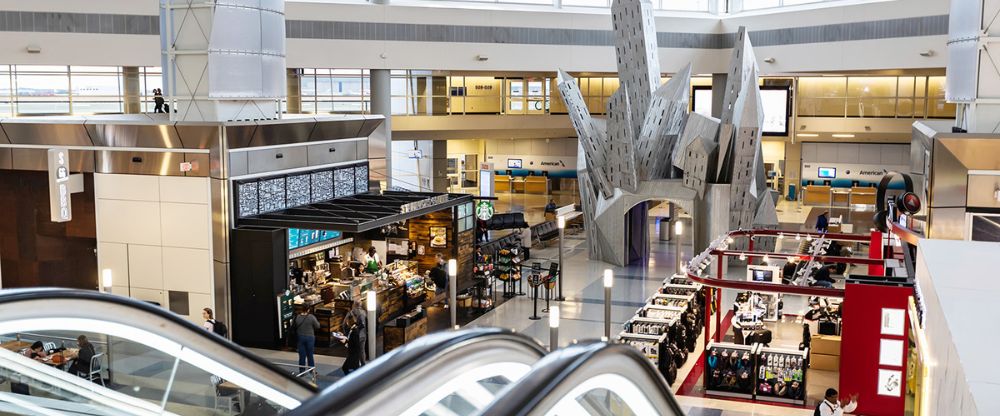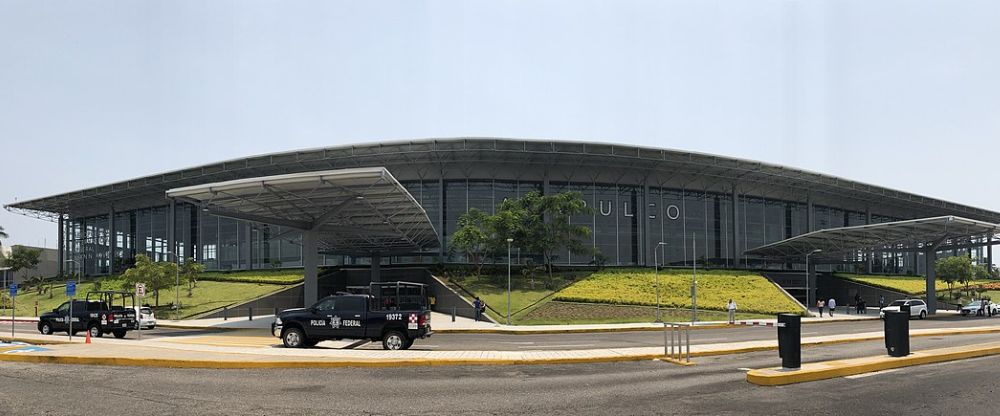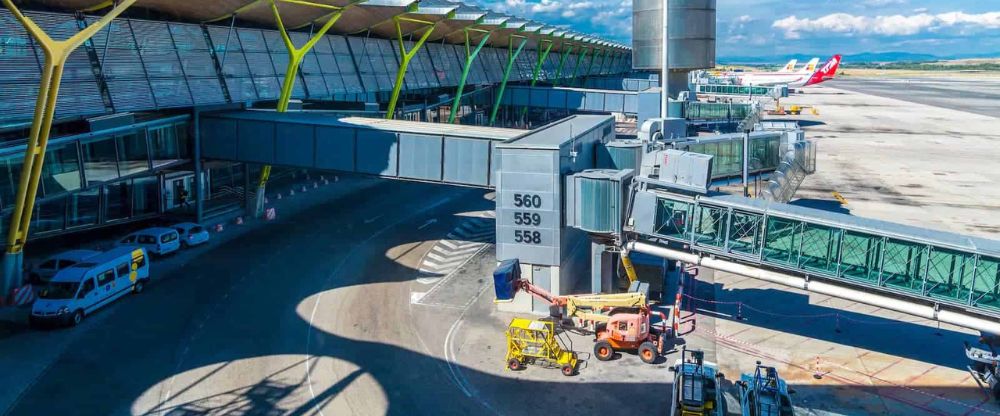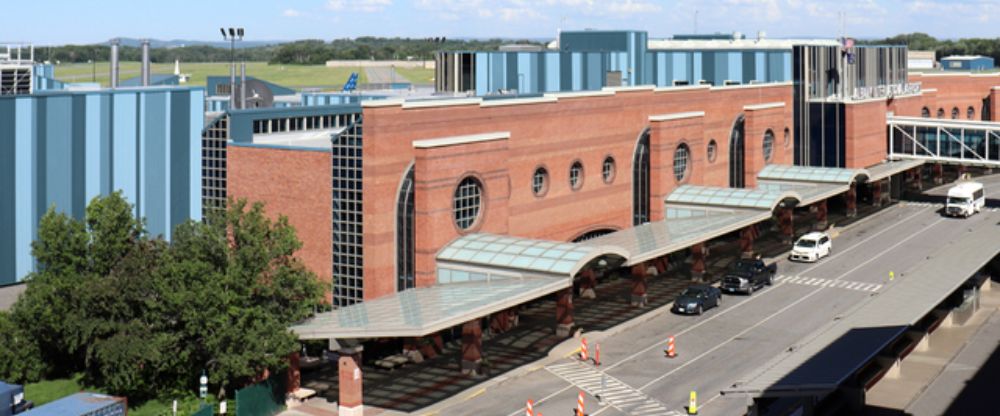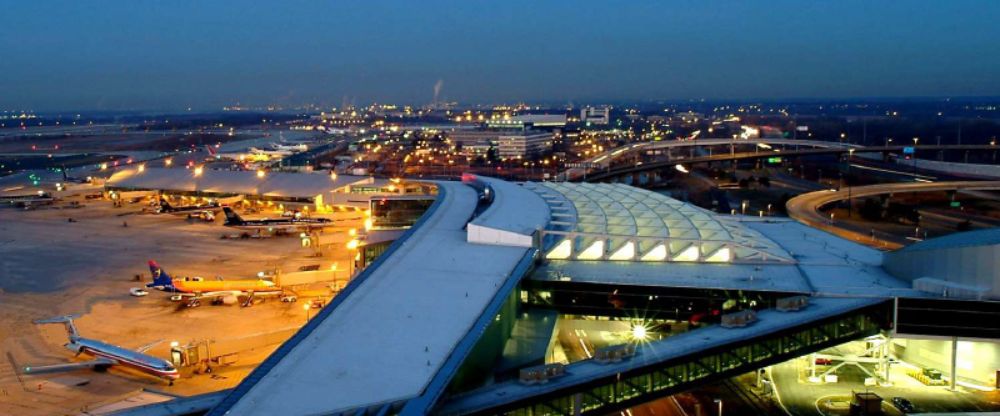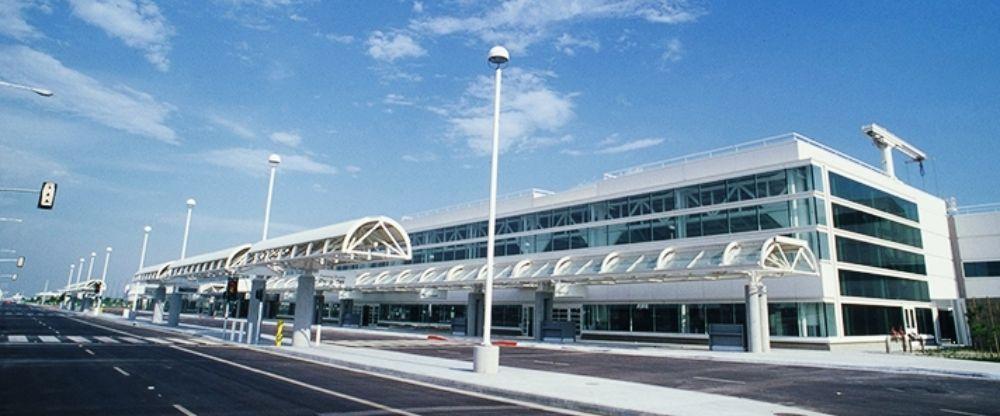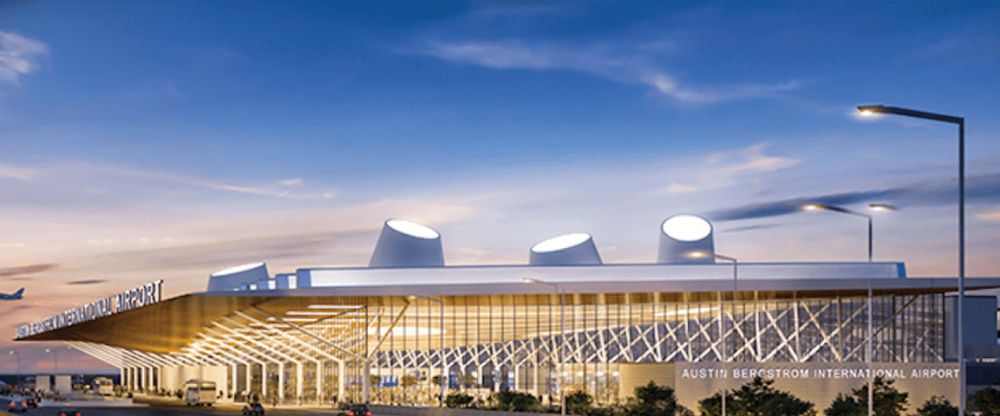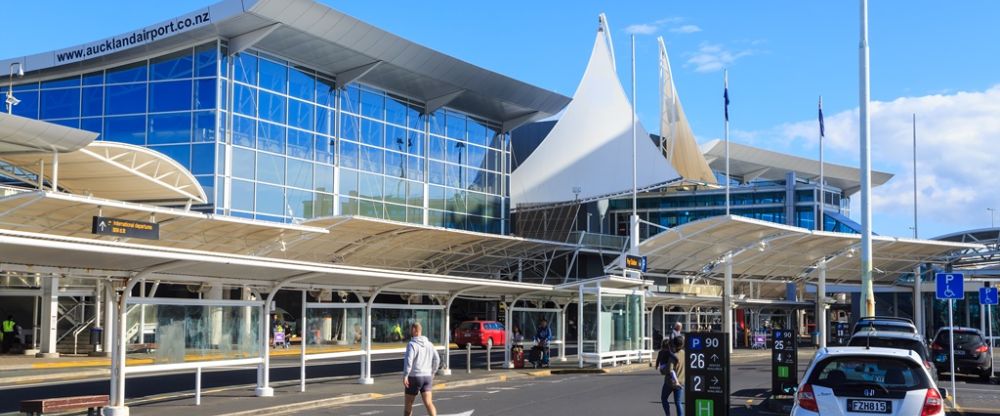
Get Details Airport Terminal Services & Amenities Available On Arrival
Airlines Service
- BAGGAGE HANDLING
- INFORMATION COUNTER
- TRAVEL INSURANCE
- HOME DELIVERY
- BAGGAGE STORAGE
- AIRLINE LOUNGES
- BOOKINGS
- CHECK-IN
- VISA VERIFICATION
- EXTRA LUGGAGE
Passenger Services
- CAB SERVICE
- FACILITY MANAGEMENT
- PARKING
- INFORMATION & ASSISTANCE
- TOURIST INFORMATION
- COIN LOCKERS
- INFORMATION ON UNIVERSAL FACILITIES
- MASSAGE CHAIRS
- STROLLER RENTAL
- KID’S SPACE
- BABY NURSERIES
- DAY NURSERY
- WAITING ROOM
- RENTAL OFFICE
GENERAL PUBLIC SERVICES
- WIFI AT AIRPORT
- SMOKING AREAS
- TELEPHONE RELAY SERVICE
- TOILETS / MULTIPURPOSE TOILETS
- ASSISTANCE DOG TOILETS
- RENT-A-CAR
- HOTEL RESERVATION
- CLINIC
- DRUGSTORE
- AED
- CELL PHONES / WI-FI RENTAL
- WIRELESS LAN
- DEVICE CHARGING
- PC USE
- BARBER / BEAUTY SALON
- SHOWER ROOM
- POWDER ROOM
- LAUNDRY
- SHOESHINE / SHOE REPAIR
- MULTIPURPOSE HALL / RENTAL CONFERENCE ROOM
Business Services
- MEETING PLACES
- PORTER SERVICE
- WRAPPING SERVICE
- BAGGAGE CART
- CALM DOWN, COOL DOWN SPACES
- AUTONOMOUS WHEELCHAI
- SMOKING AREA
- LOUNGE (FEES APPLY)
- PRIVATE WORK CUBICLES
- OBSERVATION DECK
- AMUSEMENTS
- VENDING MACHINES
- BUSINESS AVIATION
- BUSINESS CENTRE
- CAB SERVICE
- FOREIGN EXCHANGE
- HOSPITALITY
- SLEEPING PODS
OTHER SERVICES
- AIRPORT MAILERS
- ATM
- POLICE
- MONEY EXCHANGE
- MAIL / POST BOX
- WHEELCHAIR RENTAL
- HANDICAPPED SPACES
- SPECIAL ASSISTANCE RESERVATION
- HIDDEN DISABILITIES SUNFLOWER
- PET CARE
- PRAYER ROOM
- DUTY FREE PICK UP
- DONATION BOX
- DRINKING FOUNTAINS & HOT/COLD WATER DISPENSERS
WHAT IS AIRPORT TERMINAL SERVICES ?
A wide range of crucial functions intended to improve airport facilities’ effectiveness, security, and traveler experience are included in airport terminal services. These services, which range from customer service and logistics coordination to baggage handling and aircraft ground support, are essential to efficient airport operations. Airport Terminal Services are essential to maintaining the smooth operation of the global aviation sector, whether you’re a traveler looking for smooth transitions or an airline trying to maximize turnaround times
International Airlines Terminals
Award Winner Airport Terminals
Top Terminals Worldwide
Famous Airports Terminals


